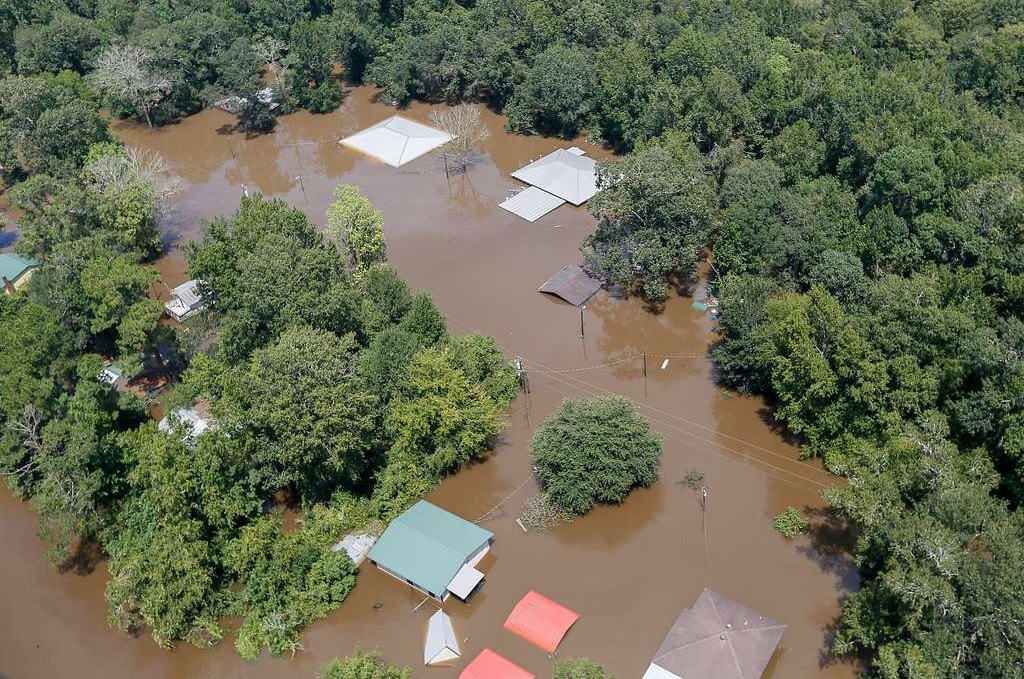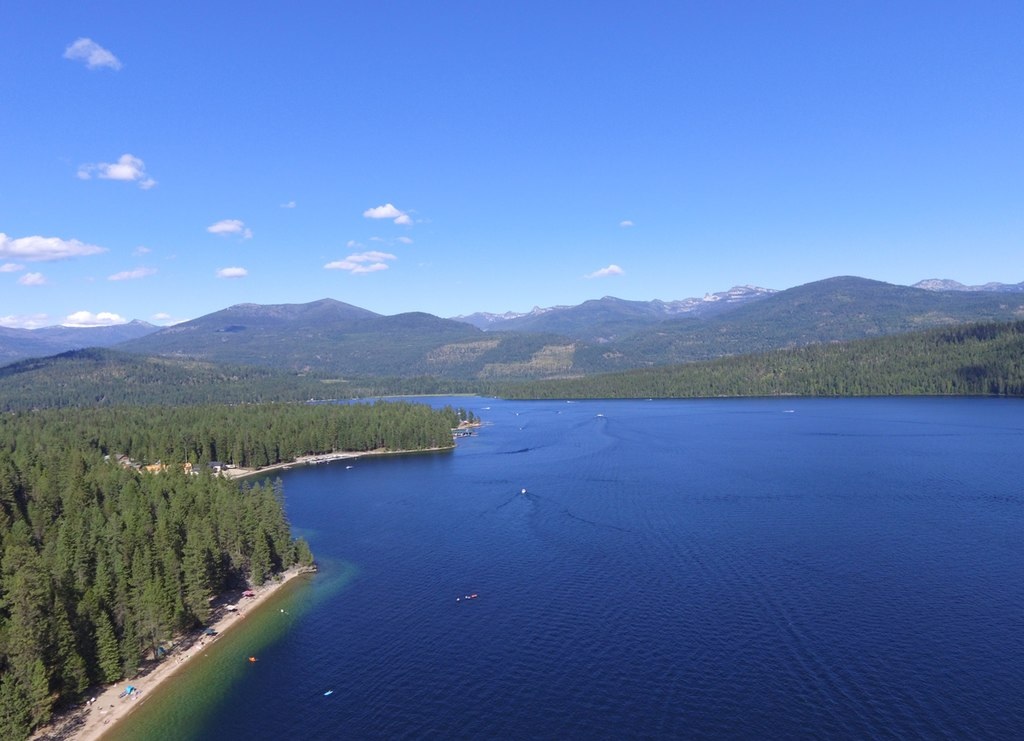A recent SCOTUS wetlands decision opens waterways to pollution for profit, while destroying natural buffer areas that purify water and protect cities.
Does the Earth belong to us, or do we belong to the Earth? The answer, which was clear enough in 1970, seems to have been forgotten by the time five members of the Supreme Court issued their ruling in Sackett v. EPA. In this wetlands decision, the court’s conservative majority reached a conclusion so counter to the text of the law that it compelled Justice Kavanaugh to side with the liberals.
The origin of the Clean Water Act lies in the post-WWII boom years, when rapid industrial expansion and suburban spread took a toll on our nation’s waterways. In 1948, Congress passed the Federal Water Pollution Control Act, but it wasn’t far-ranging or effective enough to do what it needed to do. Later, in 1969, a massive oil spill off the California coast and the Cuyahoga River catching fire from too much pollution (again) disgusted the public and turned popular opinion toward protecting the environment. In October 1972, Congress re-wrote and expanded the 1948 legislation, which passed by an overwhelming and bipartisan vote, to be signed into law by President Nixon.
The Clean Water Act aims to protect “navigable waters” of the United States by regulating point sources of pollution, such as factory discharges, sewage treatment plants, military bases, and animal feedlots. In theory, the government’s permitting power would limit the amount and kinds of waterway pollution, thereby preventing our lakes and rivers from becoming cesspools of industrial effluent as bad as they were before the Act. Many non-point sources of pollution, such as agricultural fields, are not regulated by the Clean Water Act, though they may fall under other legislation.
A critical component of the Clean Water Act is the term “waters of the United States,” since defining those waters establishes the areas that fall under jurisdiction of the Act. Earlier this year, these were defined as waterways that are, were, or could be used in interstate or foreign commerce, including oceans, interstate waterways, relatively permanent standing or flowing bodies of water, wetlands, tributaries that flow into any of these, and waters which “significantly affect the chemical, physical, or biological integrity” of those waters. This is where Sackett v. EPA comes in. The wetlands decision handed down by the Supreme Court appears to greatly restrict this definition.

In 2004, Michael and Chantell Sackett purchased a 0.63 acre subdivision lot about 300 feet away from Priest Lake in Idaho, on which to build a home. They obtained all the necessary local permits, but were later notified by the EPA that their property included a wetland area, and their plans would therefore be subject to agency review. In 2007, the couple prepared the undeveloped lot for construction by backfilling the wetland portion of the parcel with sand and gravel without getting that EPA permit. They then received an order to remove the sand and gravel, considered pollutants under the Clean Water Act, and restore the wetland to its original state, or face civil penalties including a fine in excess of $40,000 per day.
Their marshy area was considered to be part of the Waters of the United States, even though the wet spot wasn’t directly adjacent to Priest Lake, since groundwater moves in ways that are not always predictable and, as Chief Justice John Roberts observed, “water goes everywhere, eventually.” What’s more, across the street from their lot was a ditch that led to a tributary creek that fed into Priest Lake, which may well have carried some of the underground flow from their wetland to the nearby lake, which was a navigable, intrastate body of water.
While all nine justices concurred that the Sacketts should not have been subject to EPA oversight due to the nature of their particularly soggy lot, the case became a referendum on which bodies of water could and should be subject to EPA regulation.
The wetlands decision hinged on defining which, of such bodies, should really be considered Waters of the United States. By a 5-4 margin, the Justices, with a majority opinion written by Samuel Alito, decided that only wetlands “with a continuous surface connection,” adjacent to regulated bodies of water such that it’s hard to tell where the regulated body ends and the wetland begins, would fall under the purview of the Clean Water Act.
It’s a verdict that throws out previous guidance. In a 2006 case, former Justice Anthony Kennedy developed a test which considered whether a wetland had a “significant nexus,” or interactive link with nearby regulated waters, to decide if they fell within the scope of the Act. If pollution can flow along with subterranean groundwater and thereby foul a waterway, one would think it should count under settled law. Now, however, not so much.
The ruling, which removes EPA protection from half the wetlands which had been covered under the Act, is so egregious that Justice Kavanaugh took Alito to task for his violation of basic textualism. (Why is Kavanaugh suddenly so woke? Snarky chatter on Twitter suggested that it’s because you need lots of clean water to make beer.)
More than that, however, the wetlands decision is an ecological and environmental disaster. For example, a wetland separated from a river by only a sand dune, earthen berm, or levee, would no longer be protected. Seasonal wetlands which flow into regulated waterways for only part of the year, or which flow underground without a surface connection, are no longer safe and may be open to development.
When Hurricane Harvey hit Texas in 2017, Houston was particularly vulnerable to flooding, having lost 70% of its wetlands to backfilling for development. This is certainly profitable for a while, but when the water finally came, it had few places to go, leaving 107 people dead and causing $125 billion in damage. It didn’t have to be that way.
Out West, where the land is naturally drier (especially under current drought conditions), many waterways are seasonal at best, and those, too, just lost EPA protection. It’s hard to believe that in a region where every drop of water counts, any of it should be freely polluted. Yet here we are.
After years of crying about activist liberal judges legislating from the bench, conservatives are cheering the wetlands decision, which overturns years of settled law, with House Speaker Kevin McCarthy calling it a “win for farmers, businesses and Americans.”
How short their memories are.
Related: Corn, Water, & Big Ag’s Immunity Problem


Join the conversation!